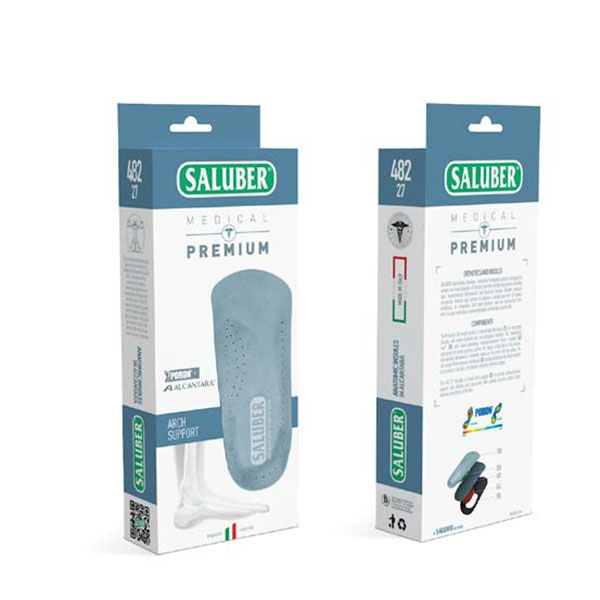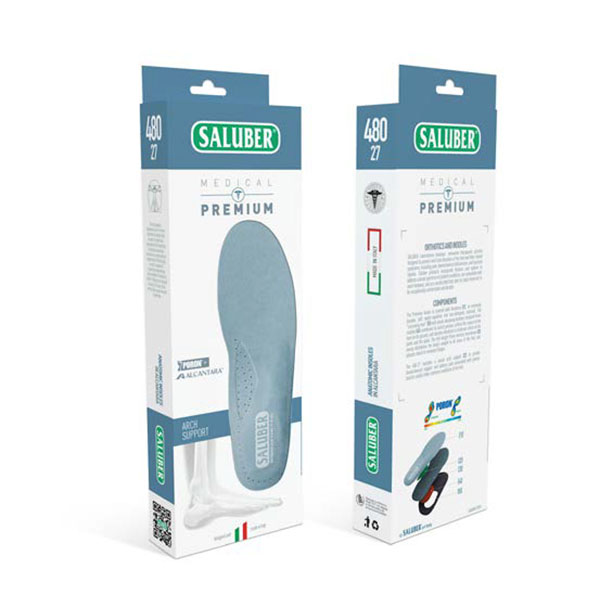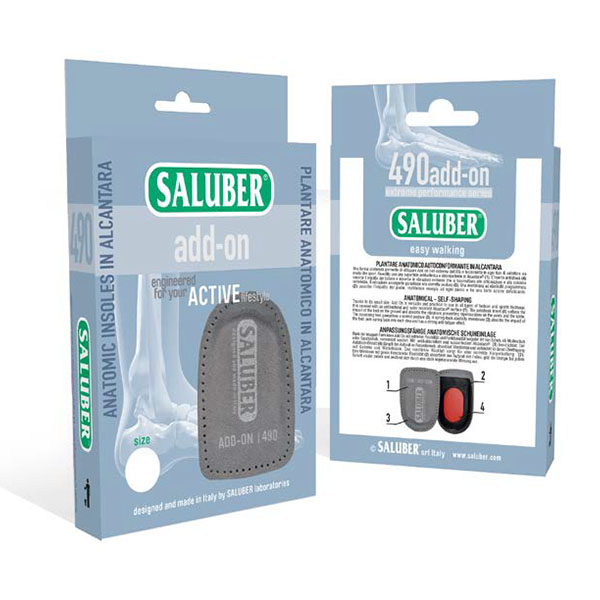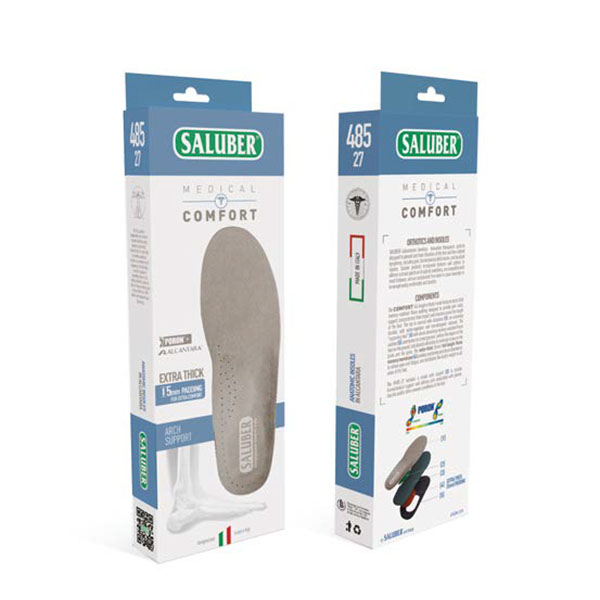Heel Spurs
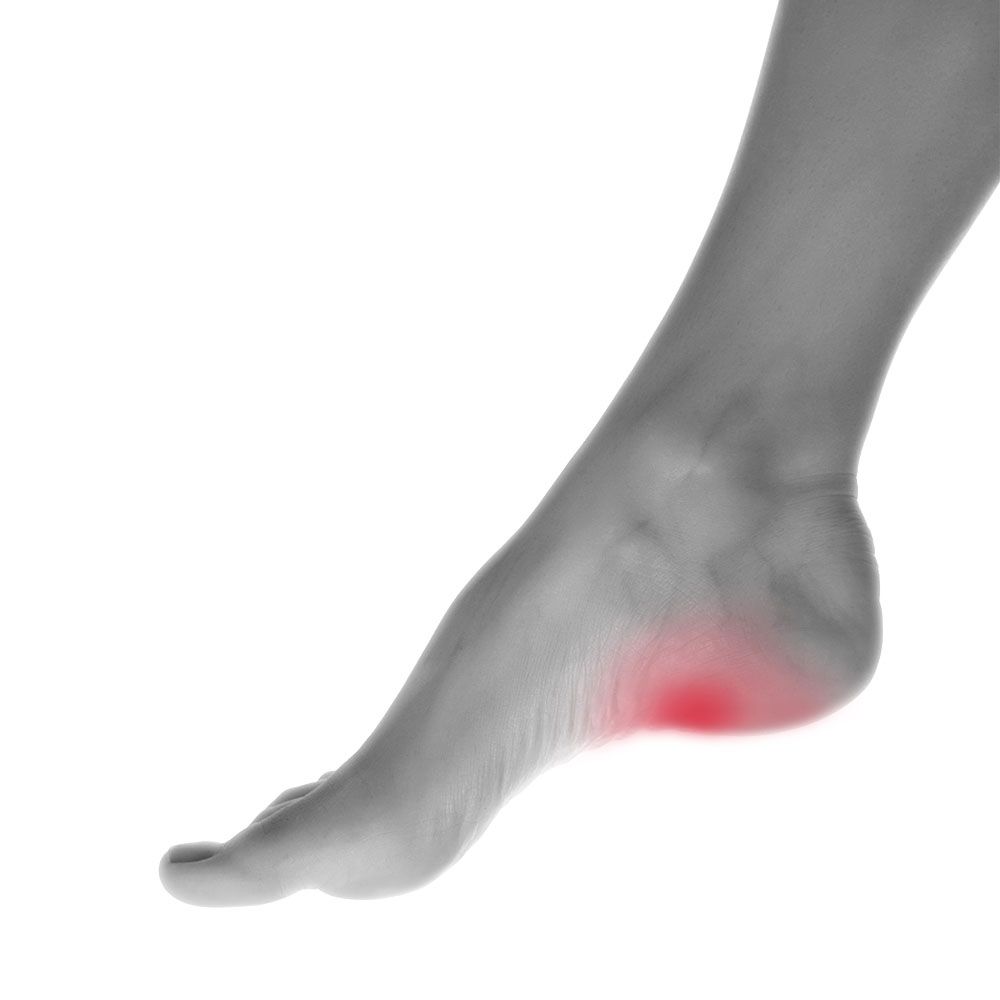
The heel bone is the largest bone in the foot and absorbs the most amount of shock and pressure. A heel spur is an abnormal growth of the heel bone. Bone spurs form when the plantar fascia (a broad band of fibrous tissue located along the bottom surface of the foot that runs from the heel to the ball of the foot) pulls away from the heel area (a condition called plantar fasciitis), causing a bony protrusion, or heel spur to develop. While most people assume the heel spur itself is the cause of pain, it is not. The plantar fascia tissue pulling away from the heel bone is the actual cause of pain, especially while standing or walking.
- Extreme pain in the heel
- Increased pain when standing or walking
Over-pronation (excessive inward rolling of the foot) is a common cause of heel spurs, but people with unusually high arches (pescavus) and/or tight calf muscles or Achilles tendons can also develop heel spurs. Women have a significantly higher incidence of heel spurs due to the types of unsupportive footwear often worn on a regular basis.
The key for the proper treatment of heel spurs is determining what is causing the excessive stretching of the plantar fascia. When the cause is over-pronation (excessive inward rolling of the foot) or an unusually high arch, an arch support that adequately meets the height of the arch (thereby limiting the excessive stretching of the plantar fascia) is an effective device to fully support the plantar fascia, reducing the excessive stretching and allowing it to heal. When the condition is due to tight calf muscles or Achilles tendons, the use of specialty rocker bottom shoes that gently and safely stretches the calf and Achilles tendon with every step can provide significant relief and reduce the risk of re-occurrence when worn regularly. Other common treatments for heel spurs include:
- Stretching exercises
- Losing weight
- Wearing shoes with an adequate cushioned heel insole that absorbs shock


